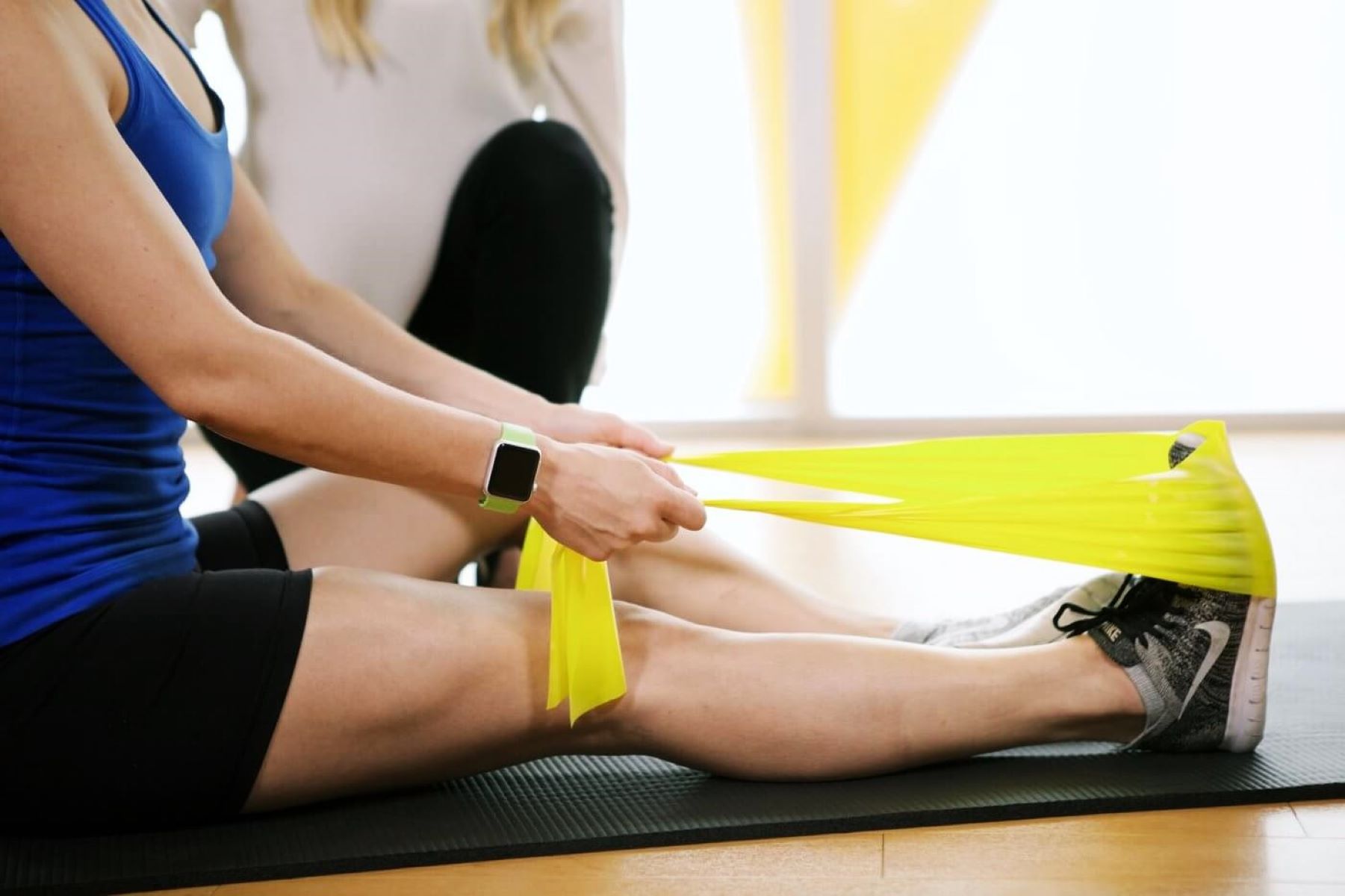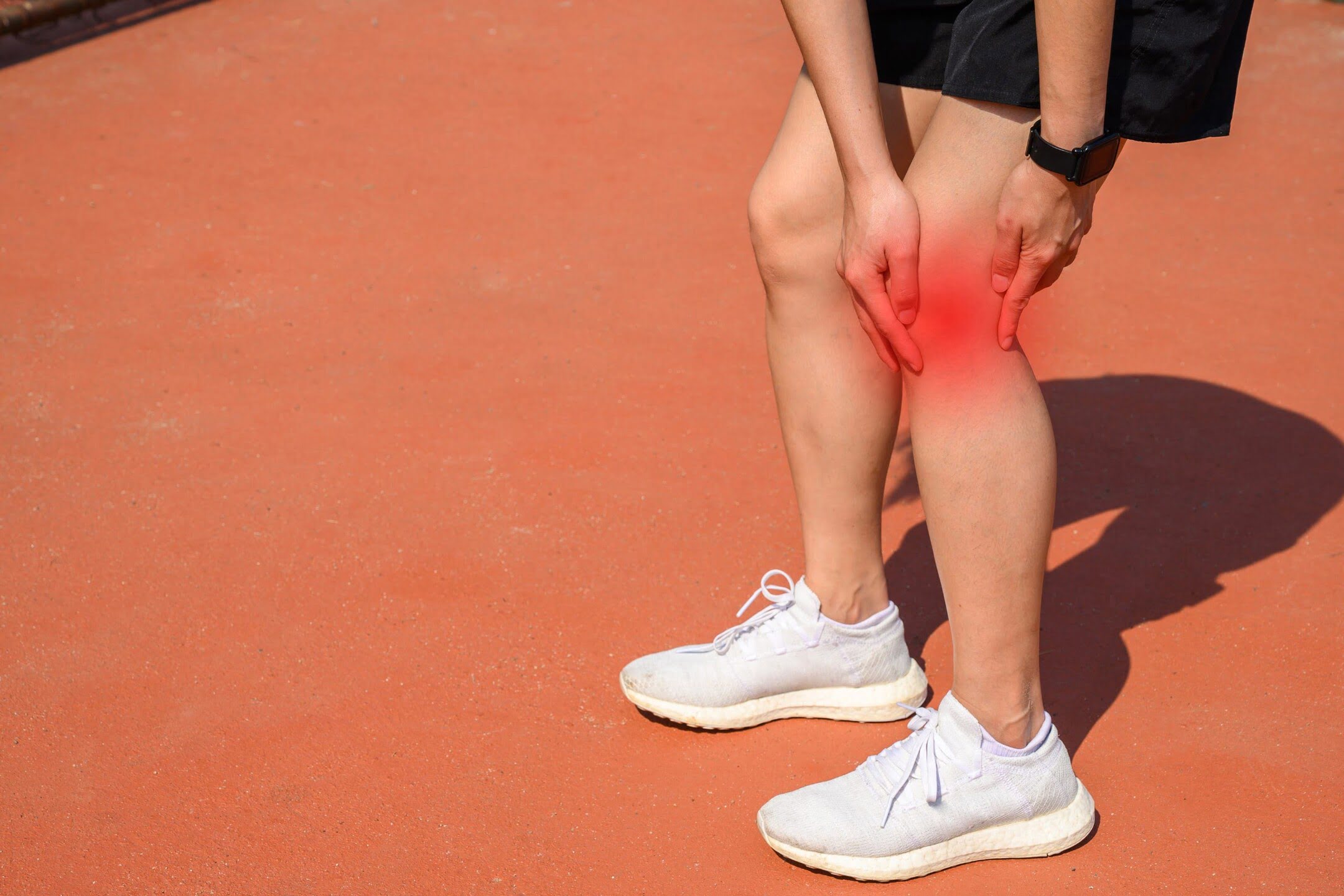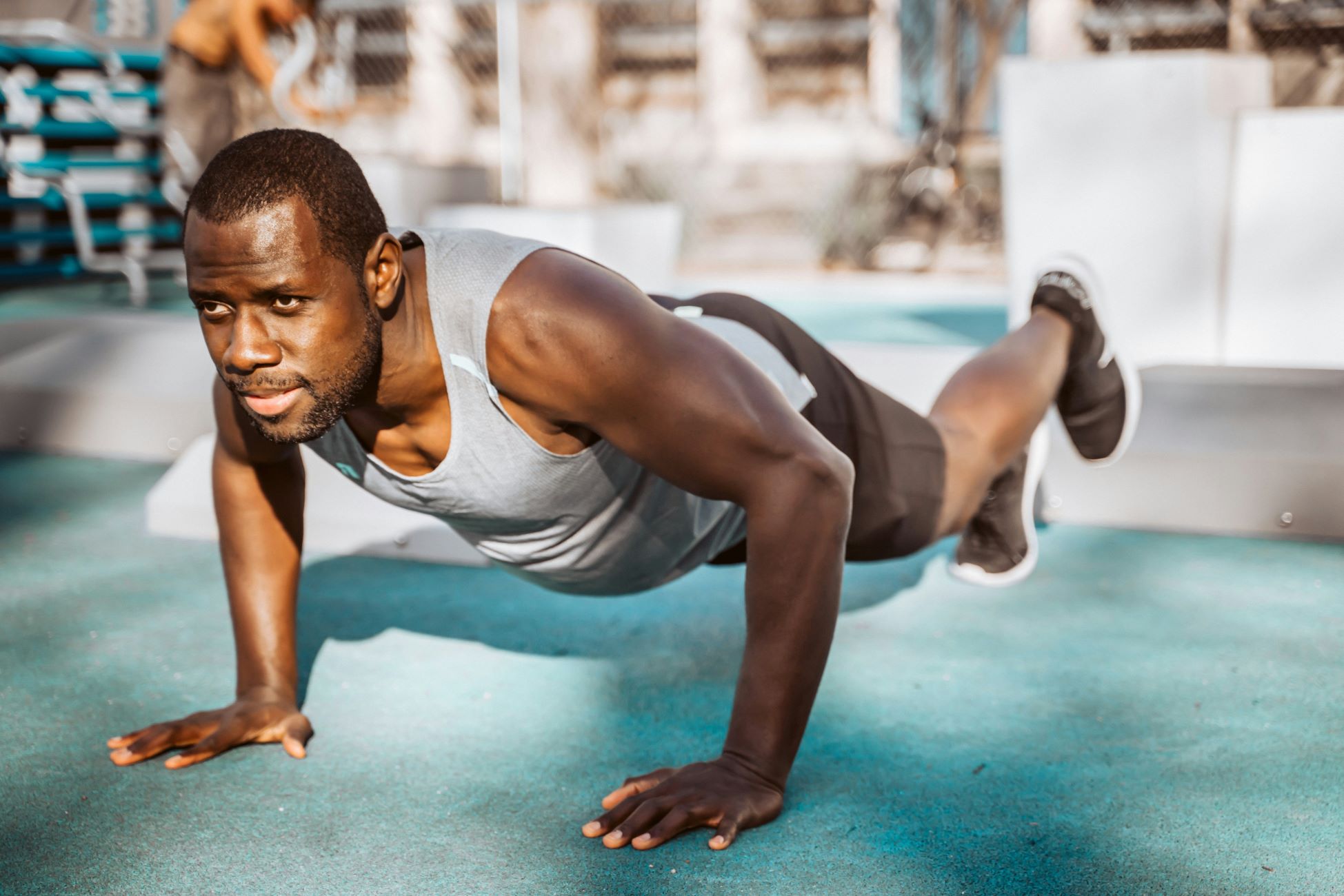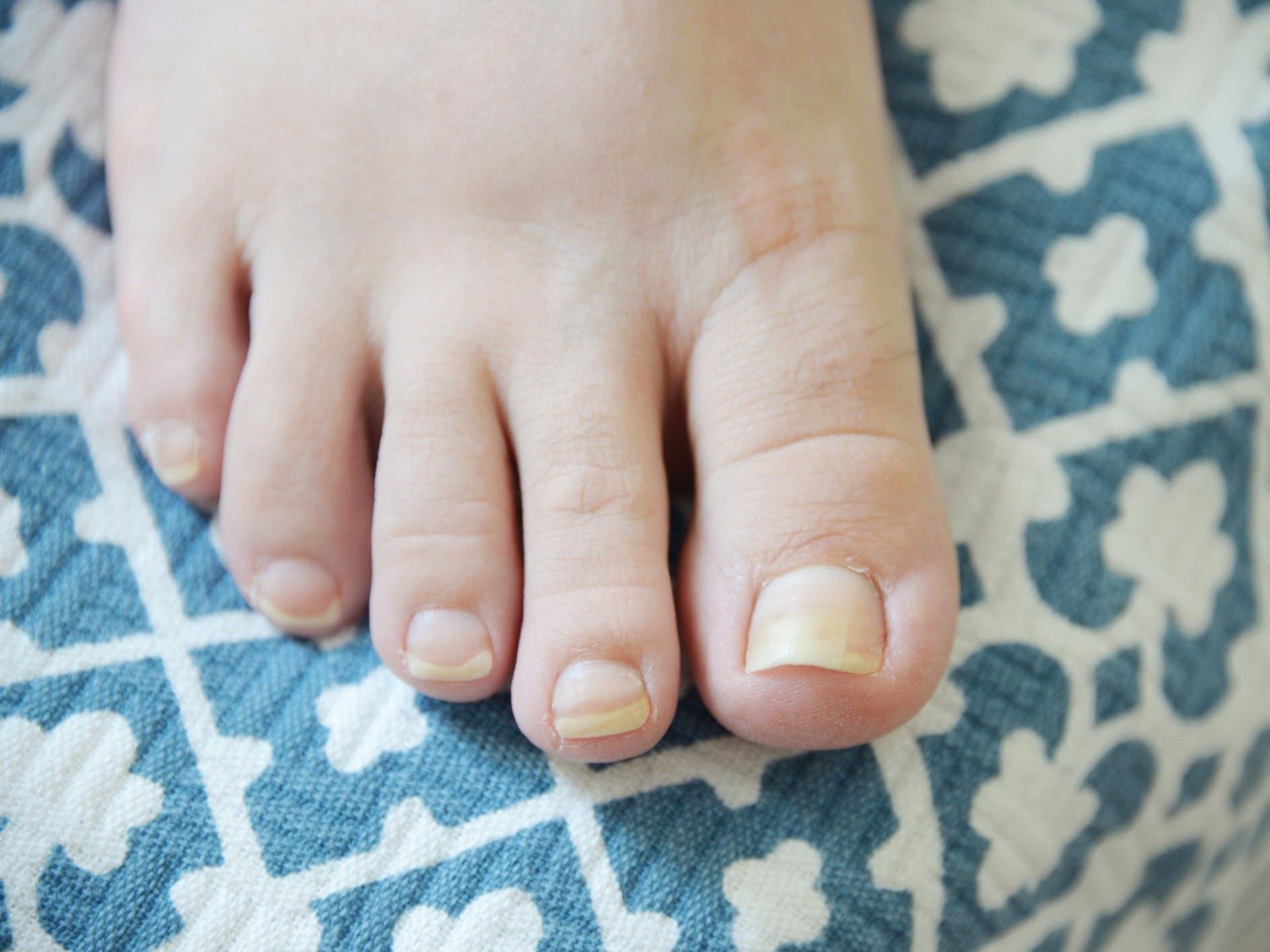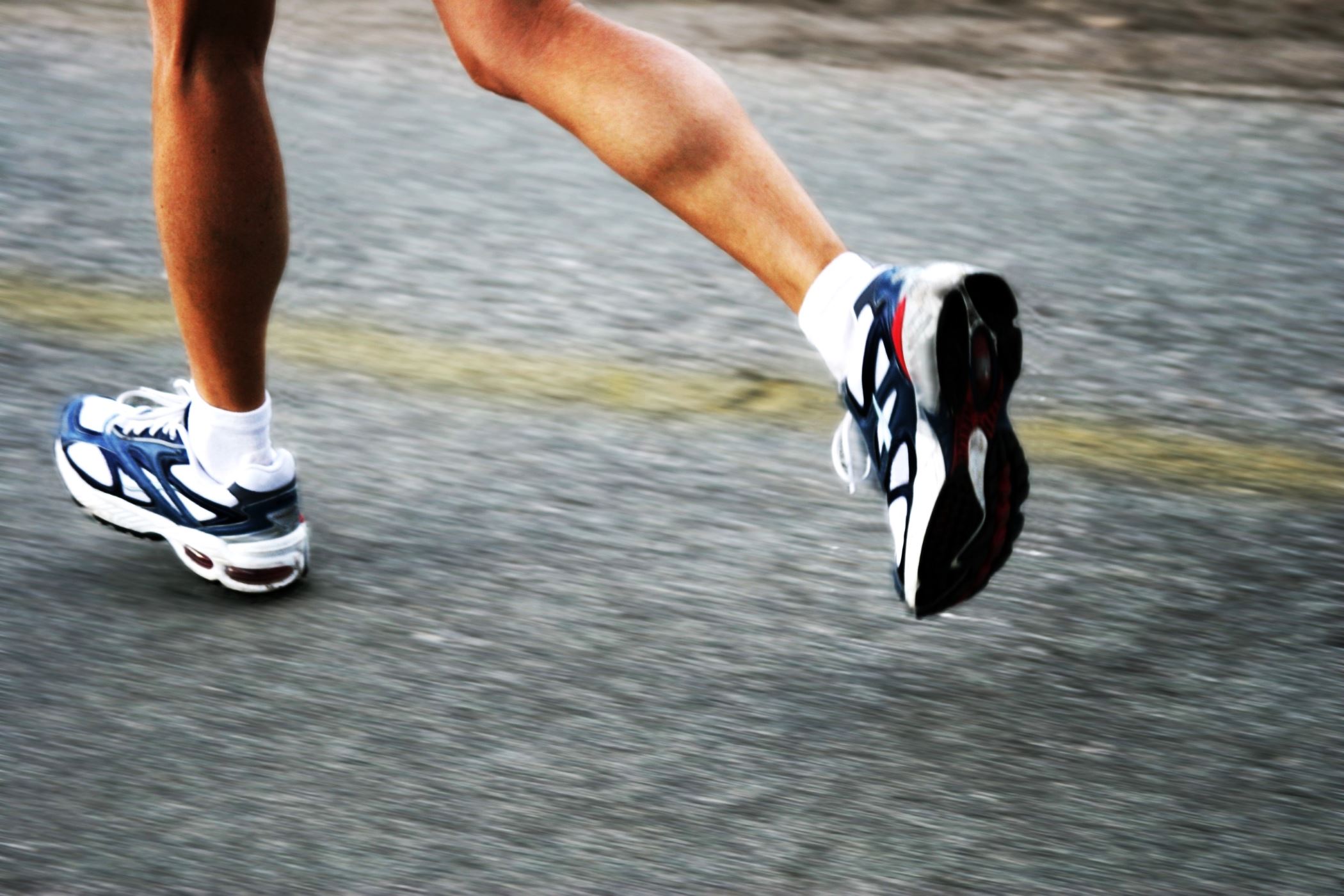Home>Health & Nutrition>Injury Prevention>Prevent Injuries: Strengthen Your Calves And Shins For Running


Injury Prevention
Prevent Injuries: Strengthen Your Calves And Shins For Running
Published: February 20, 2024
Prevent running injuries with targeted calf and shin strengthening exercises. Learn how to strengthen your lower legs for injury prevention.
(Many of the links in this article redirect to a specific reviewed product. Your purchase of these products through affiliate links helps to generate commission for Therunningadvisor.com, at no extra cost. Learn more)
Table of Contents
Importance of Strong Calves and Shins for Runners
Strong calves and shins are crucial for runners as they play a pivotal role in providing stability, power, and endurance during running activities. The calves, consisting of the gastrocnemius and soleus muscles, are responsible for plantar flexion, which is the action of pointing the foot downward. Meanwhile, the shins, comprising the anterior tibialis muscle, aid in dorsiflexion, the movement of pulling the foot upward. These muscle groups work in tandem to propel the body forward and maintain proper form while running.
When these muscles are weak or imbalanced, runners are more susceptible to a range of injuries, including shin splints, Achilles tendinitis, and calf strains. Weak calves can lead to overcompensation by other muscles, placing excessive stress on the shins and feet. This imbalance can result in discomfort, pain, and decreased performance, hindering the overall running experience.
Furthermore, strong calves and shins contribute to improved running efficiency and reduced risk of overuse injuries. By enhancing the strength and endurance of these muscles, runners can achieve better propulsion and shock absorption, leading to a smoother and more sustainable running gait. Additionally, strong calves and shins help maintain proper foot and ankle alignment, reducing the likelihood of developing gait-related issues and chronic injuries.
In essence, prioritizing the strength and conditioning of the calves and shins is essential for runners aiming to optimize their performance, prevent injuries, and sustain a long-term running regimen. By incorporating targeted exercises and training techniques, runners can fortify these muscle groups, thereby enhancing their overall running experience and minimizing the risk of debilitating injuries.
Common Injuries Related to Weak Calves and Shins
Weak calves and shins can significantly increase the risk of various debilitating injuries among runners. Understanding these potential injuries is crucial for recognizing the importance of strengthening these muscle groups and taking proactive measures to prevent them.
-
Shin Splints: Weakness in the calf muscles and the anterior tibialis can lead to excessive stress on the shinbone, resulting in the development of shin splints. This condition is characterized by sharp or dull pain along the inner edge of the shinbone, often occurring during or after running. Without proper intervention, shin splints can progress to more severe conditions, hindering the runner's ability to engage in regular training.
-
Achilles Tendinitis: The Achilles tendon, which connects the calf muscles to the heel, is susceptible to inflammation and injury when the calves are weak. This condition, known as Achilles tendinitis, can cause pain and stiffness in the back of the ankle, making it challenging to push off the ground while running. Without addressing the underlying weakness in the calves, the risk of developing chronic Achilles tendinitis remains elevated.
-
Calf Strains: Weak or underdeveloped calf muscles are prone to strains, especially during high-impact activities like running. Calf strains manifest as sharp pain or tightness in the back of the lower leg, often resulting from overexertion or sudden acceleration. Without adequate strength and flexibility in the calves, the risk of sustaining recurrent calf strains remains a persistent concern for runners.
-
Plantar Fasciitis: Weakness in the calf muscles can contribute to imbalances in the foot's biomechanics, potentially leading to plantar fasciitis. This condition involves inflammation of the plantar fascia, a thick band of tissue that supports the arch of the foot. Runners with weak calves may experience heel pain and discomfort, particularly during the initial steps after periods of rest, indicating the onset of plantar fasciitis.
By recognizing the correlation between weak calves and shins and these common running injuries, individuals can prioritize targeted exercises and strength training to mitigate the risk of such conditions. Strengthening the calves and shins not only enhances running performance but also serves as a proactive measure to safeguard against the debilitating impact of these injuries.
Exercises to Strengthen Your Calves and Shins
Strengthening the calves and shins is paramount for runners seeking to fortify their lower leg muscles and reduce the risk of debilitating injuries. Incorporating targeted exercises into your training regimen can effectively enhance the strength, endurance, and flexibility of these crucial muscle groups. Here are several exercises specifically designed to strengthen your calves and shins:
1. Calf Raises
Calf raises are a fundamental exercise for strengthening the gastrocnemius and soleus muscles in the calves. To perform calf raises, stand with your feet hip-width apart and slowly raise your heels off the ground, lifting your body weight onto the balls of your feet. Hold the raised position for a moment before lowering your heels back down. For added resistance, perform calf raises on a step or use a calf raise machine at the gym.
2. Toe Taps
Toe taps target the anterior tibialis muscle in the shins, promoting strength and flexibility. Begin by sitting on the edge of a chair with your feet flat on the floor. Lift your toes upward, keeping your heels grounded, and then tap your toes back down. Repeat this movement for several sets, focusing on engaging the muscles in the front of your shins.
3. Resistance Band Exercises
Incorporating resistance band exercises into your routine can effectively target the calves and shins. Utilize a resistance band to perform dorsiflexion and plantar flexion exercises, providing resistance against these movements to enhance muscle strength and endurance.
4. Jump Rope
Jumping rope is a dynamic and effective exercise for strengthening the calves and shins while improving cardiovascular fitness. The repetitive jumping motion engages the lower leg muscles, promoting endurance and power. Incorporate jump rope sessions into your training to enhance the overall strength and resilience of your lower legs.
5. Eccentric Calf Raises
Eccentric calf raises involve emphasizing the lowering phase of the exercise to build strength and control in the calf muscles. Stand on the edge of a step or platform with your heels hanging off the edge, then slowly lower your heels below the level of the step before pushing back up to the starting position.
Incorporating these exercises into your training routine can significantly contribute to the development of strong and resilient calves and shins, ultimately reducing the risk of common running-related injuries. By consistently engaging in targeted strength training, runners can enhance their lower leg muscle strength, improve running performance, and mitigate the likelihood of experiencing debilitating conditions associated with weak calves and shins.
Tips for Preventing Injuries While Running
Preventing injuries while running is paramount for maintaining a sustainable and enjoyable running routine. By implementing proactive strategies and adopting mindful practices, runners can significantly reduce the risk of common running-related injuries. Here are essential tips to prevent injuries and promote long-term running success:
-
Gradual Progression: Avoid sudden increases in training intensity or mileage, as rapid progression can strain the muscles and connective tissues, leading to overuse injuries. Gradually build up your running volume and intensity to allow your body to adapt and strengthen over time.
-
Proper Footwear: Invest in high-quality running shoes that provide adequate support, cushioning, and stability. Ensure that your shoes are suitable for your foot type and running gait, as ill-fitting footwear can contribute to discomfort, pain, and potential injuries.
-
Warm-Up and Cool Down: Prior to running, engage in dynamic warm-up exercises to prepare your muscles and joints for the activity. After running, perform static stretches and cool-down exercises to promote muscle recovery and flexibility, reducing the risk of post-run soreness and injuries.
-
Cross-Training: Incorporate cross-training activities, such as cycling, swimming, or strength training, into your routine to diversify your workouts and reduce the repetitive impact on your lower body. Cross-training helps strengthen supporting muscle groups and mitigates the risk of overuse injuries.
-
Proper Running Form: Focus on maintaining proper running form to minimize stress on your lower legs and feet. Land softly on your midfoot, maintain an upright posture, and avoid overstriding to promote efficient and injury-free running mechanics.
-
Listen to Your Body: Pay attention to any signs of discomfort, pain, or fatigue during running. If you experience persistent pain or unusual symptoms, take a break from running and seek professional guidance to address potential issues before they escalate into serious injuries.
-
Rest and Recovery: Prioritize adequate rest and recovery days in your training schedule to allow your muscles to repair and adapt to the demands of running. Overtraining and insufficient recovery can increase the likelihood of overuse injuries and burnout.
-
Nutrition and Hydration: Maintain a balanced diet and stay properly hydrated to support your overall health and running performance. Adequate nutrition and hydration are essential for muscle recovery, energy replenishment, and injury prevention.
By integrating these injury prevention tips into your running routine, you can proactively safeguard against common running-related injuries, ensuring a sustainable and fulfilling running experience. Prioritizing injury prevention not only enhances your physical well-being but also fosters a long-term commitment to the joy of running.
Incorporating Strength Training into Your Running Routine
Integrating strength training into your running routine is a strategic approach to enhance overall performance, reduce the risk of injuries, and promote long-term running success. While running primarily engages the cardiovascular system and lower body muscles, incorporating targeted strength training exercises can effectively address muscle imbalances, improve running economy, and fortify the body against the repetitive impact of running. Here's a detailed exploration of how to seamlessly integrate strength training into your running regimen:
Targeted Muscle Groups
Identify the specific muscle groups that are instrumental in supporting your running mechanics. While the calves and shins are crucial, it's also essential to address the strength and stability of the quadriceps, hamstrings, glutes, and core muscles. By targeting these muscle groups through strength training, runners can enhance their overall muscular endurance, power, and coordination, contributing to improved running efficiency and injury prevention.
Exercise Selection
Select exercises that complement and support your running performance. Incorporate compound movements such as squats, lunges, deadlifts, and hip thrusts to engage multiple muscle groups simultaneously, mimicking the functional demands of running. Additionally, include plyometric exercises like box jumps and explosive movements to enhance muscular power and agility, which are essential for sprinting and uphill running.
Frequency and Timing
Strategically schedule strength training sessions to complement your running schedule. Aim to incorporate strength training exercises 2-3 times per week, allowing for adequate recovery between sessions. Consider integrating strength training on non-running days or after easy runs to optimize recovery and minimize interference with key running workouts.
Progressive Overload
Implement a progressive overload approach to continually challenge and stimulate muscle adaptation. Gradually increase the intensity, volume, or resistance of your strength training exercises over time to promote ongoing strength gains and muscular resilience. This progressive approach fosters continuous improvement in muscle strength and endurance, directly benefiting your running performance.
Recovery and Adaptation
Prioritize post-strength training recovery strategies to facilitate muscle repair and adaptation. Engage in proper post-workout nutrition, hydration, and adequate rest to support the recovery process. By allowing the muscles to adapt to the demands of strength training, runners can mitigate the risk of overuse injuries and optimize the benefits of their training efforts.
Holistic Approach
Embrace a holistic approach to strength training by integrating flexibility, mobility, and stability exercises into your routine. Addressing these components not only enhances overall athleticism but also contributes to injury prevention and improved running mechanics. Incorporating yoga, Pilates, or mobility drills can further enhance the effectiveness of your strength training regimen.
By seamlessly integrating targeted strength training into your running routine, you can optimize your muscular strength, endurance, and resilience, ultimately elevating your running performance and minimizing the risk of injuries. This synergistic approach fosters a well-rounded and sustainable running regimen, empowering runners to achieve their performance goals while safeguarding their long-term physical well-being.


